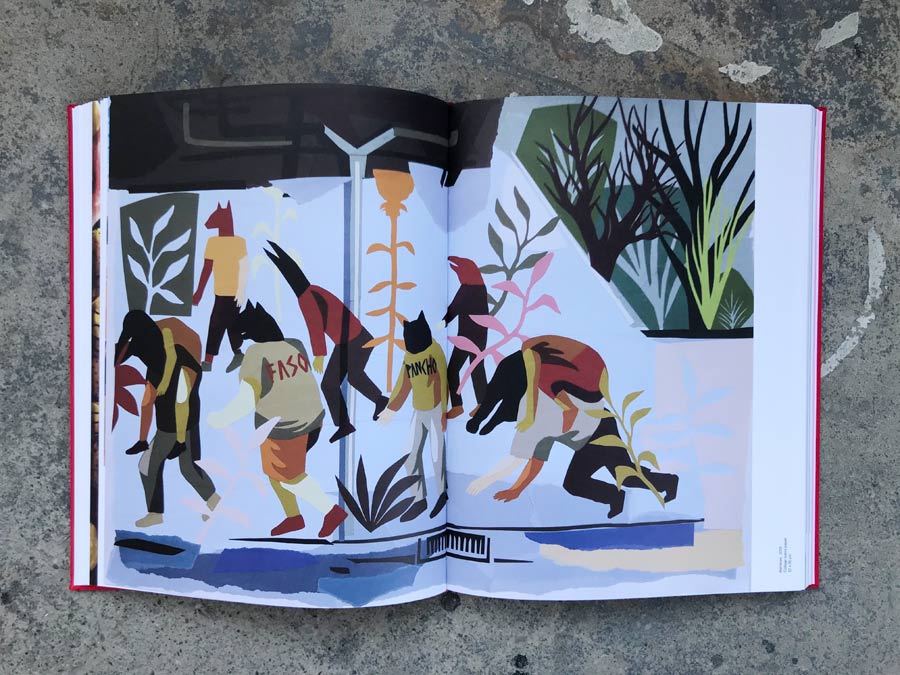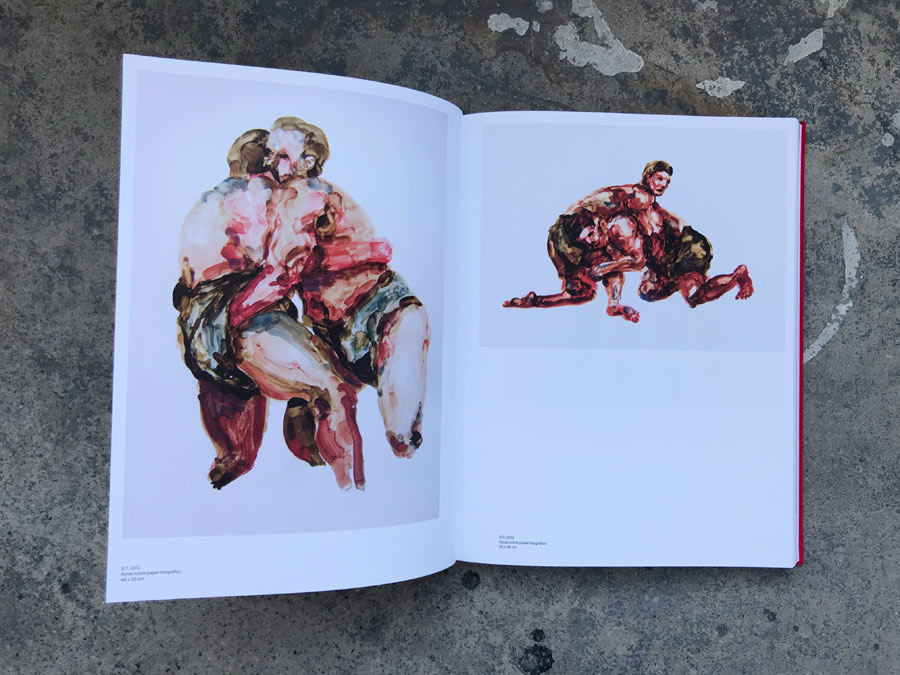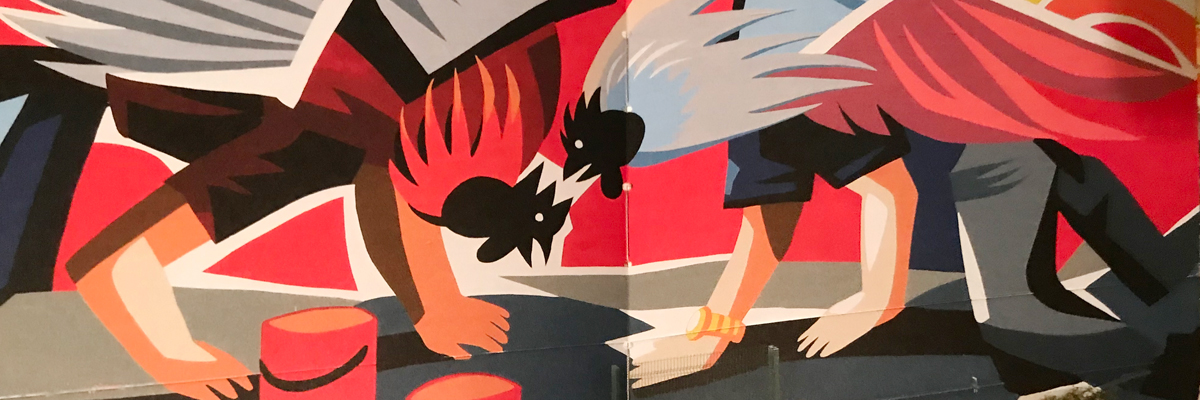Taking a decade long view of your creative life can be astoundingly instructional if you are brave enough; perusing over the body of work that you have taken with eyes focused and blurred may reveal broad outlines and finer features of a creative life-path – a psychological mapping of the inner world and its outer expression with all its impulses, longings, expressions of received truths and newly discovered wisdom.

Franco Fasoli aka JAZ has looked over his last decade (2009-2019) of work as a street artist and fine artist and offers you the opportunity to examine his public and private side as well in this new two-volume compendium. Painting on the streets since the mid-nineties and his mid-teens in his hometown of Buenos Aires, the visual artist knew his path would be a creative one. His family and role models, comprised of well-schooled artists and educators, had provided a foundation of critique and appreciation for him to build upon from the earliest years.

Now with many miles of travel on his personal odometer and introduction to greater opportunities and institutions his visual output is here codified, examined, and assessed in printed and bound form, to be respected and valued. As observed in an essay by his street painting compatriot Elian, “Today it is no longer about what physical space we select for each of these terms and their respective experiences, it is about extremely sensitive decisions on what we decide to transport from mental territories to others.”

Extremely sensitive is an appropriate descriptor. These massive and fragile and indestructible works all respond to weighty matters of history, struggle, nationalism, mythology, archetypical roles; now mingled uncomfortably with the ethereal nature of modern living that collapses, compresses, cheapens aesthetic values and relationships. Here is adolescence clamoring for maturity, idealism melting with monsters of the imagination, truth abutting uncomfortable irony.
In “Publico: Privado” JAZ has invited you to go on the trip with him. Artist, teacher, and curator Diana Aisenberg writes in her essay, “I imagine the work as a ship, a means of transport, as close to teleportation. It is the one that moves and finds its place, there where it is necessary.”








Other Articles You May Like from BSA:
Yes, of course. This artists' interpretation of a car ad that features Banksy's work is a parody, a farce. No one would try to take one of Banksy’s Street Art pieces to help sell their luxury...
The news out of Nuart 2017 is splendiforous and we are feeling celebratorious. These irregularly formed adjectives are in good company with the mismatched yet harmoniously woven characters who togethe...
Bringing their unique blend of old-world European white classical sculpture and the bright side of modern urban vandalism to Barcelona, the artistic duo PichiAvo paints the Greek goddess Athena engul...
Happy Holidays to all BSA readers, your family and dear ones. We're counting down some of our favorite photos to appear on BSA in 2020 taken by our editor of photography, Jaime Rojo. We wish each per...
End of Passover for many, the best day of Easter weekend for others, just another spring day for still others, and a fine finish to our little Aberdeen excursion. As we rea...
 BROOKLYN STREET ART LOVES YOU MORE EVERY DAY
BROOKLYN STREET ART LOVES YOU MORE EVERY DAY










